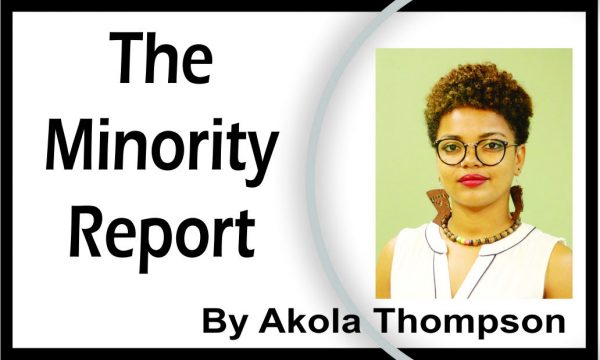
In 2022, the government of Guyana announced that it had reached an agreement with Hess Oil to purchase high-quality carbon credits for a minimum of USD $750 million between 2022 and 2032, directly from the government. Indigenous communities across Guyana are set to receive 15% or US$35 million dollars from the deal. The purchase is seen as a great commitment by Hess towards addressing climate change while allowing Guyana to achieve net zero greenhouse gas emissions. However, what offsetting really does is allow industries to effectively respond to shareholder concerns about the environment by making equivalent carbon reductions in the atmosphere that are caused by industries. It is a strategic move by companies such as Hess to continue production unchecked while providing the perception of being environmentally conscious.

